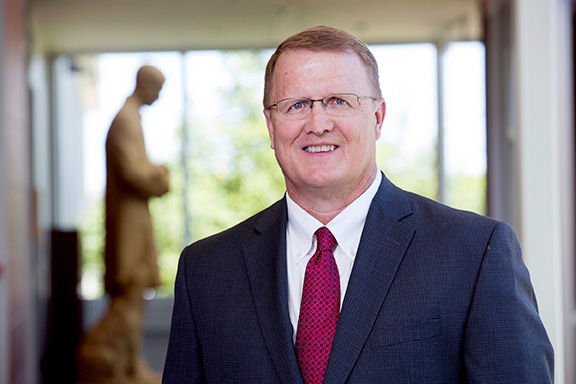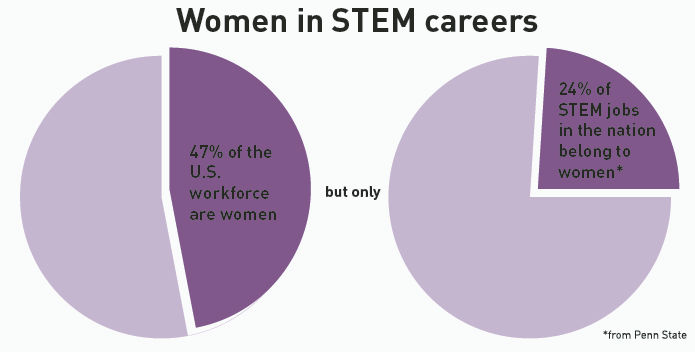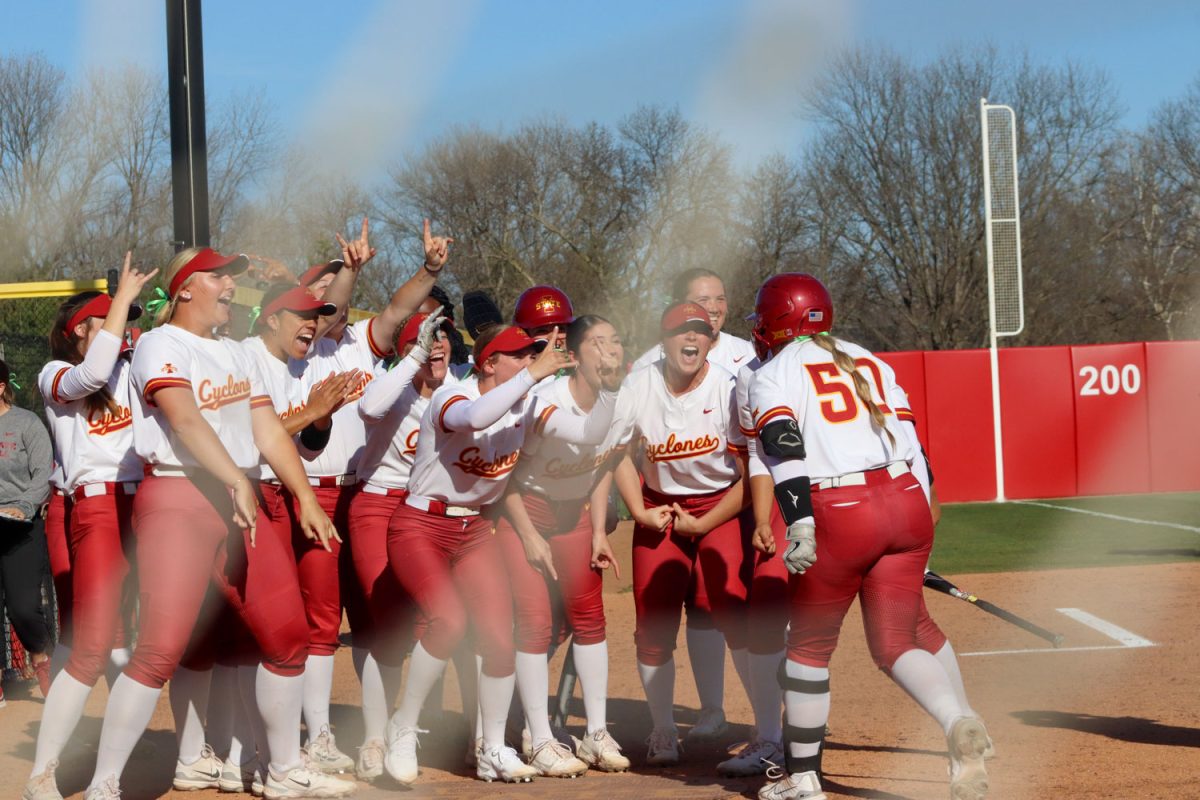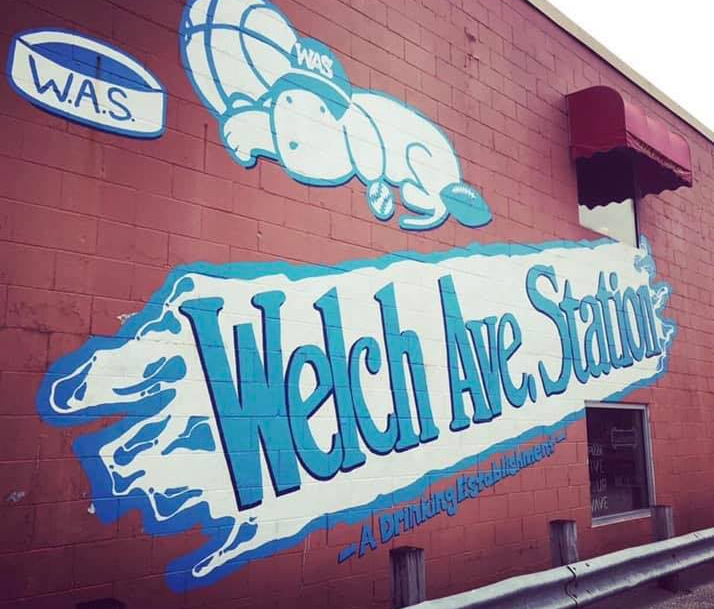Vet Med interim dean faces $1.2 million budget cut, $124 million diagnostic lab, more

Dr. Pat Halbur, professor and chair of veterinary diagnostic and production animal medicine, has been named interim dean of Iowa State Universityís College of Veterinary Medicine. (Christopher Gannon/Iowa State University)
August 8, 2017
Within his first month of being interim dean of the College of Veterinary Medicine, Patrick Halbur has faced a “very challenging” task of cutting $1.2 million from the Vet Med college’s budget due to the state budget cuts.
“My focus is simple, it’s students first,” Halbur said. “Any decision I make as dean… the first question I ask and have all the leadership consider is how will this affect or students.”
In the next couple months he will help obtain accreditation for the school and hope $100 million in funding gets passed in the next legislative session.
Budget Cut
Halbur stepped into the position of interim dean on July 1, when he immediately worked with the Dean’s Budget Advisory Committee, made up of students, staff and faculty, to come up with six possible solutions to cutting the $1.2 million efficiently.
Halbur and the committee had to create a way to increase revenue so they could make up for the cut. The answer was adding more students to the college. With this solution, Holly Salzbrenner, graduate student in Vet Med and president of Student American Veterinary Medical Association, had her concerns.
She was worried about the quality of education changing with the expansion of the students and the faculty population staying the same. However, Halbur reassured her that he had already approached faculty who agreed they could take on the increase of students. Salzbrenner has wondered about competition in their field increasing. But Halbur hoped to encourage more students to go into large animal studies, seeing as there is a need for vets in that field.
“He is looking into change and to why we do what we do at the vet school,” Salzbrenner said. “I hope the next dean continues that trend and pulls ideas from students and faculty.”
In the spring, the enrollment was 159 students of Vet Med, which was an increase from fall 2016 when they had 138 students.
“Now we aren’t only the oldest vet school in America, we are one of the biggest,” Halbur said.
Accreditation
For about two years, a team of five individuals has been working on a self study of the Vet Med college to see if it can regain accreditation through the American Veterinarian Medical Association Council on Education (AVMA).
The team has worked with the executive cabinet about meeting the 11 different standards set by the AVMA. Some of the standards include finances, equipment and facility, clinical resources and admissions process.
“It’s a rigorous process to prepare a college for this, but it’s a healthy process and we will be better for going through this,” Halbur said.
Once the self study is completed, members of AVMA will come to Iowa State for five days in late October to evaluate if the self study was accurate and fulfills the requirements to be accredited.
$124 Million Vet Diagnostic Lab
During the next legislative session, representatives will be voting on the approval for a commitment of funding to help Iowa State’s Vet school receive a new diagnostic lab. The project would take $124 million to complete. However, the school is asking for $20 million each year for the next five years. This will produce $100 million of the $124 million they need. The money will likely come from the Rebuild Iowa Infrastructure Fund (RIIF).
The last $24 million of the project will be raised externally from stakeholders and donors. Halbur has made this project a high priority for the college, as he remembers how much it meant to him when he got his veterinary medicine degree from Iowa State.
Halbur also attended Iowa State for his master’s and doctorate in veterinary pathology. After four years practicing private veterinary work in Williamsburg, he started serving as faculty in 1990. He has been the executive director of the ISU Veterinary Diagnostic Laboratory.
Halbur has witnessed the diagnostic lab become a favorite memory for his students, but his personal favorite part about being a student was watching his relationships change between him and the faculty.
“Faculty served not only as instructors, but as true role models in veterinary medicine and professionalism,” Halbur said.
The Permanent Dean
Provost Jonathan Wickert was confident in the selection of Halbur as interim dean of Vet Med.
“He understands Iowa State both as an administrator and a student,” Wickert said. “The Vet Med college is in outstanding shape and it’s programs are very strong. Pat has inherited a college that’s in great shape.”
Wickert foresees them selecting a president by mid-fall. Meanwhile the university will be forming a search committee within the first few weeks of school so by the time the new Iowa State President is selected, he or she can take part in the interview and selection process.
“[Selection committees] take most of the academic year to search,” Wickert said. “The new president will already be selected when we are doing the interviews. The timing is perfect so he or she can actually be involved.”















